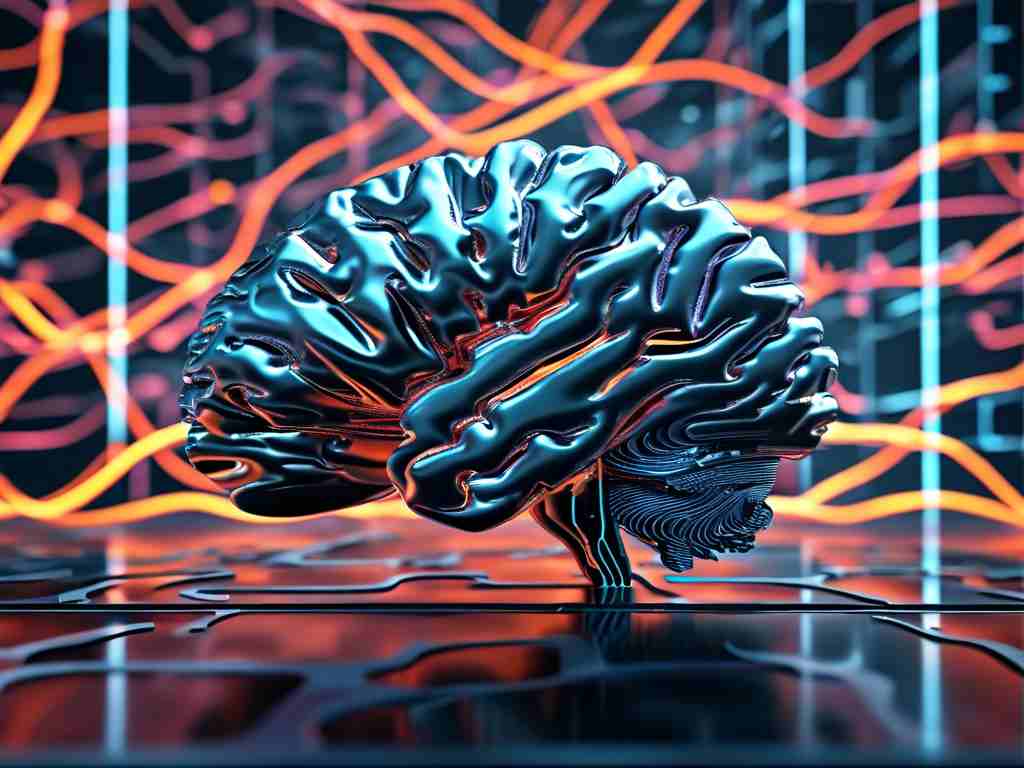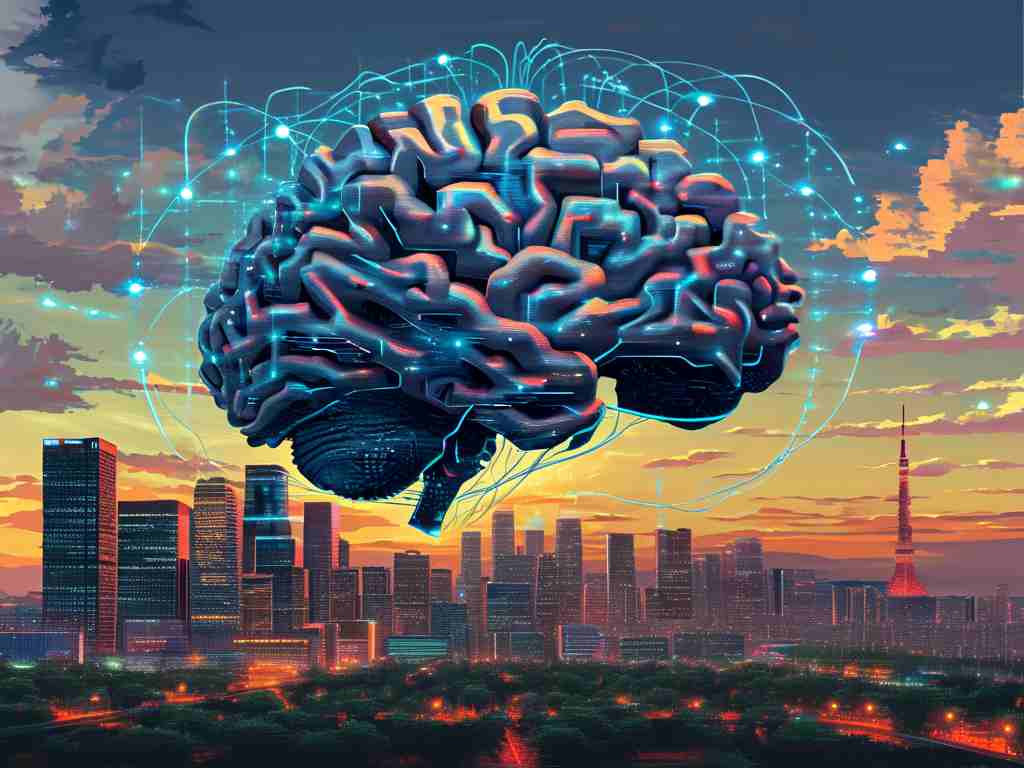The intersection of memory models and deep computational methods has become a critical focus in modern artificial intelligence research. As neural networks grow in complexity, the efficiency of memory allocation and data handling directly impacts training speed, energy consumption, and model scalability. This article explores cutting-edge strategies to harmonize memory architecture with deep learning workflows while addressing practical implementation challenges.

The Role of Memory Hierarchies in Deep Computation
Contemporary deep learning frameworks like TensorFlow and PyTorch rely on layered memory architectures to manage tensor operations. A typical pipeline involves register-level caching for arithmetic logic units (ALUs), shared memory for thread collaboration in GPUs, and global memory for bulk data storage. For instance, CUDA-capable devices utilize a hybrid approach:
__global__ void matrix_multiply(float* A, float* B, float* C, int N) {
__shared__ float tileA[BLOCK_SIZE][BLOCK_SIZE];
__shared__ float tileB[BLOCK_SIZE][BLOCK_SIZE];
// Block-level memory optimization for matrix operations
}
This code snippet demonstrates how shared memory reduces latency during parallel matrix computations—a common pattern in convolutional neural networks.
Bottlenecks in Large-Scale Model Training
Transformer-based architectures with billions of parameters expose inherent limitations in conventional memory systems. The attention mechanism's quadratic complexity relative to input length creates volatile memory demands, often leading to GPU memory thrashing. Researchers at DeepMind recently identified that 23% of training time for models like GPT-4 is spent on memory allocation/release cycles rather than actual computation.
Innovative solutions such as gradient checkpointing and dynamic memory remapping have emerged to mitigate these issues. NVIDIA's Hopper architecture introduces asynchronous memory transfer protocols that overlap data movement with computation, achieving 40% throughput improvements in transformer layers according to benchmark tests.
Emerging Memory-Centric Design Paradigms
Three revolutionary approaches are reshaping the memory-computation balance:
-
Differentiable Memory Addressing
Systems like Neural Turing Machines implement soft attention mechanisms over memory banks, enabling learnable memory access patterns. This biologically inspired design shows 18% better sample efficiency in reinforcement learning tasks compared to static memory models. -
Persistent Kernel Fusion
By maintaining intermediate results in fast cache memory across multiple GPU kernels, frameworks like Triton reduce DRAM accesses by 62% in vision transformer inference. The technique requires precise memory lifecycle management through reference-counted buffers. -
Distributed Memory Virtualization
Meta's RLCube project demonstrates a partitioned memory space spanning multiple accelerators, using predictive prefetching algorithms to maintain 92% cache hit rates across 512-node clusters. This approach enables training 280-billion-parameter models without manual sharding.
Hardware-Software Co-Design Challenges
While algorithmic improvements deliver substantial gains, physical memory constraints remain. The von Neumann bottleneck persists as a fundamental limitation, with data transfer energy costs exceeding computation energy by 10-100x in typical AI chips. Samsung and IBM are prototyping processing-in-memory (PIM) architectures where analog compute units are embedded within 3D-stacked HBM modules, potentially eliminating 89% of data movement overhead.
Software ecosystems must evolve to leverage these hardware advancements. Intel's oneAPI initiative provides unified memory abstractions across CPUs, GPUs, and FPGAs, but developer adoption remains sluggish due to fragmented toolchain support.
Ethical Considerations and Future Directions
As memory optimization techniques enable larger models, environmental impacts grow concerning. Training a single 175-billion-parameter model can emit over 284 tons of CO₂—equivalent to 5 average cars' lifetime emissions. The research community faces urgent questions about balancing performance gains with sustainable practices.
Looking ahead, neuromorphic memory systems that mimic synaptic plasticity could revolutionize energy efficiency. Intel's Loihi 2 chip demonstrates 1000x lower energy per inference compared to traditional architectures through event-driven memory access. Such biohybrid approaches may define the next decade of deep learning infrastructure.
In , advancing memory models is not merely about squeezing out incremental performance gains but reimagining the fundamental relationship between storage and computation. As deep learning permeates industries from drug discovery to climate modeling, robust memory architectures will form the bedrock of reliable and scalable AI systems.









